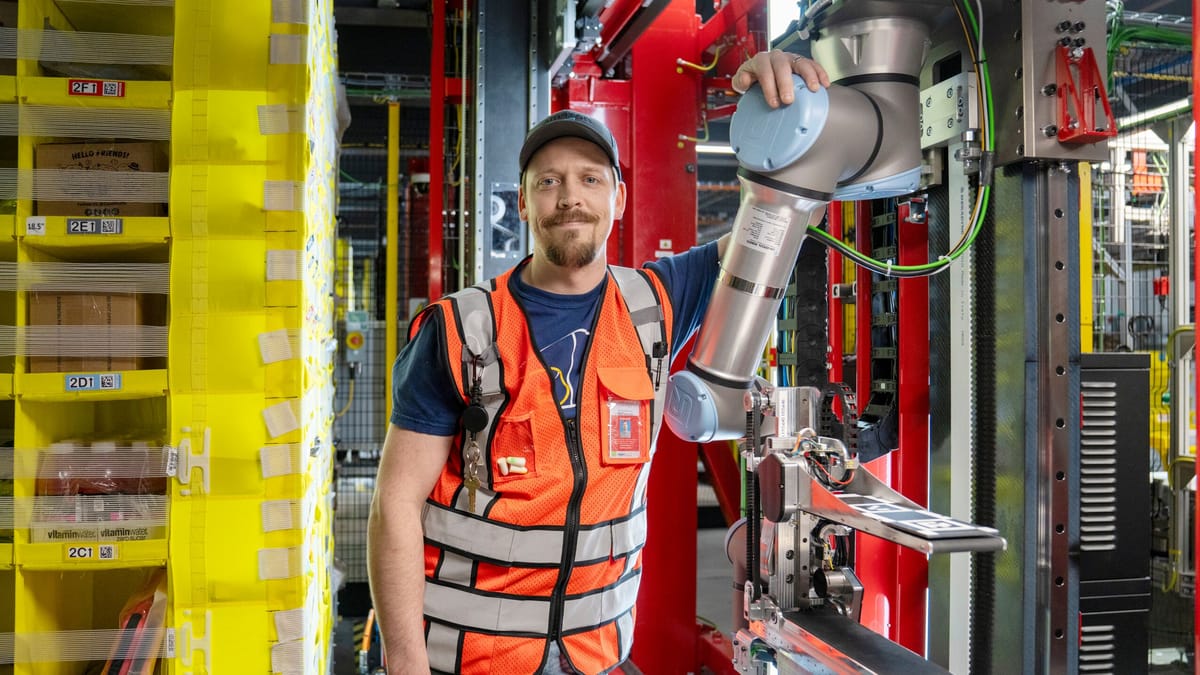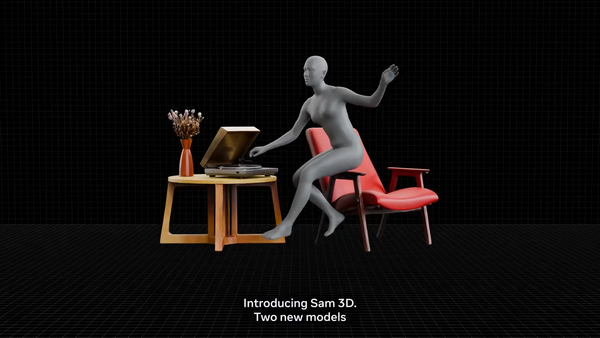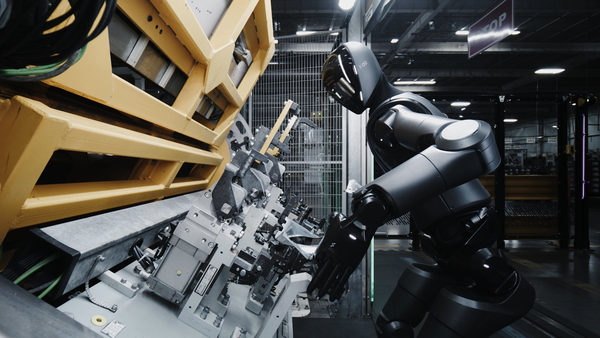Amazon Debuts Vulcan, Its First Tactile Robot for Fulfillment Centers

- Vulcan uses touch and force feedback to pick and stow items in crowded bins, handling about 75% of the stored inventory.
- The robot improves ergonomics by taking over tasks from elevated or low storage areas, reducing employee strain.
Vulcan, Amazon's latest robotic system, introduces a sense of touch to automate the complex process of picking and stowing items in its fulfillment centers. The robot uses an end-of-arm tool with force sensors, paddle-like grippers, and a vision-guided suction cup to manipulate objects within tightly packed fabric bins. It senses how much force it's applying and adjusts its grip to stay below the point of causing damage, enabling careful placement and retrieval of items.
"Vulcan represents a fundamental leap forward in robotics," says Aaron Parness, Amazon's director of applied science, in an article on the company's website. "It's not just seeing the world, it's feeling it, enabling capabilities that were impossible for Amazon robots until now."
Amazon says Vulcan can handle around 75% of the inventory typically stored in its facilities and works at speeds comparable to human employees. The robot is designed to assist in both upper and lower storage compartments, areas that often require associates to use ladders or stoop—tasks that are less ergonomic and more time-consuming. Vulcan identifies items it cannot handle and signals for human assistance, supporting a collaborative approach.
“Working alongside Vulcan, we can pick and stow with greater ease,” says Kari Freitas Hardy, a front-line employee at GEG1, a fulfillment center in Spokane, Washington, on the company's website. “It’s great to see how many of my co-workers have gained new job skills and taken on more technical roles, like I did, once they started working closer with the technology at our sites.”
Amazon plans to deploy Vulcan across fulfillment centers in Europe and the U.S. over the next few years. According to the company, the goal is to increase operational efficiency, improve workplace safety, and reduce physically demanding tasks. Vulcan is expected to help move orders faster by handling items in hard-to-reach storage areas.
🌀 Tom's Take:
As Vulcan demonstrates, equipping robots with senses like touch adds nuance to their capabilities. Its deployment also highlights how human-robot collaboration can optimize tasks by pairing complementary strengths.
Source: Amazon Newsroom






